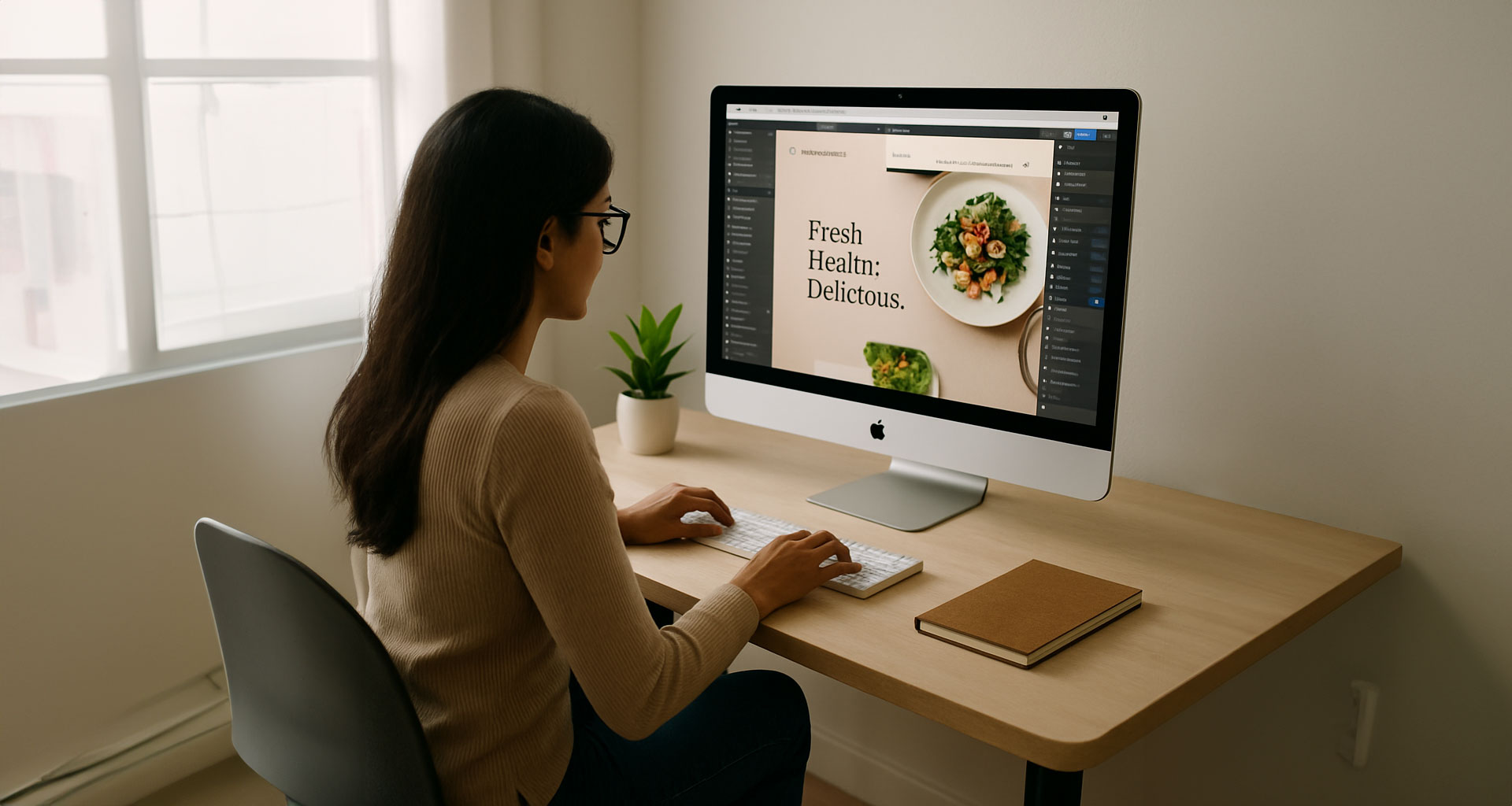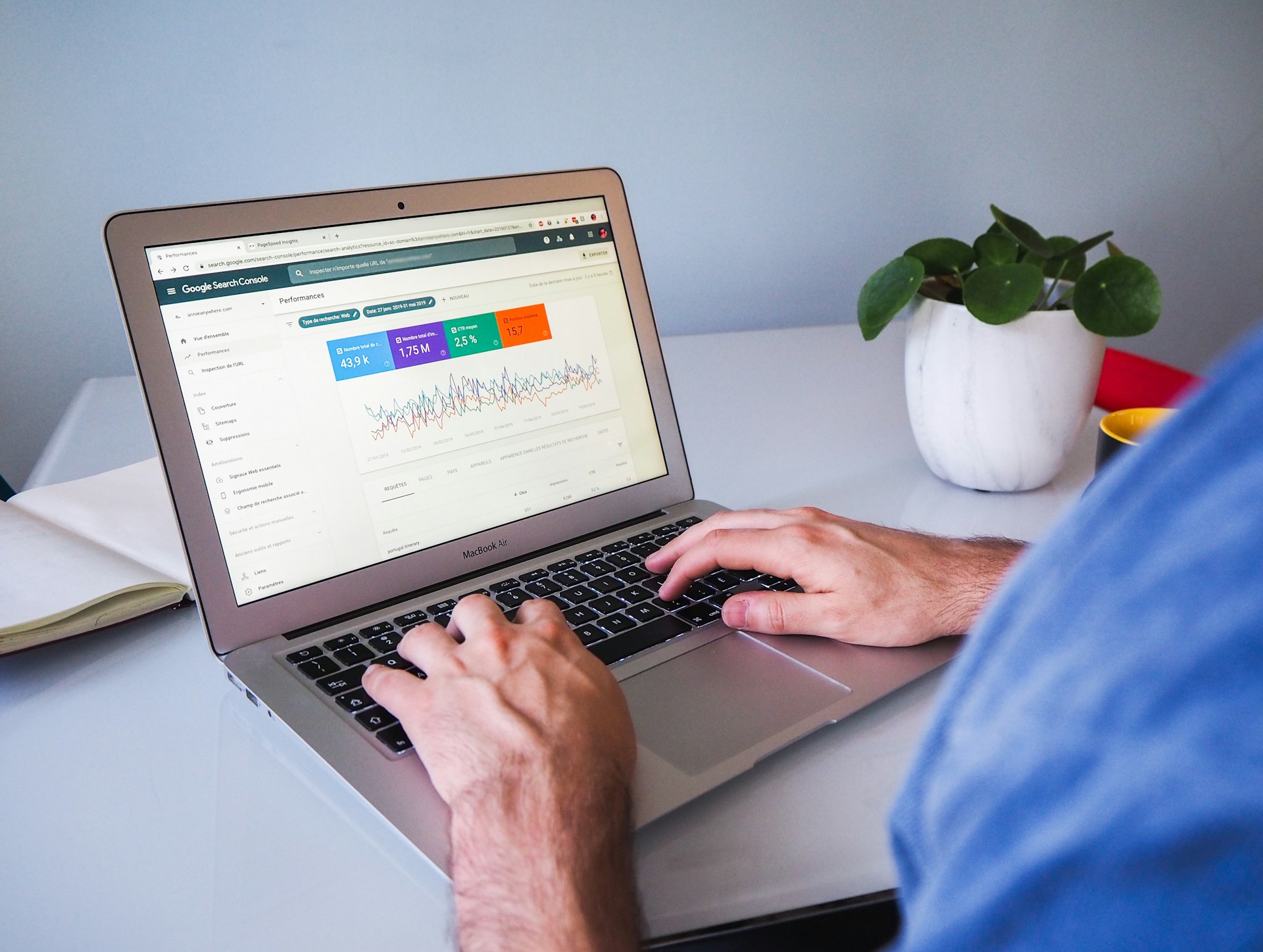My Step-by-Step Journey to Becoming a Webflow Designer as a Self-Taught Creative

Every Webflow designer has a story and mine didn’t begin with design school or a creative agency. I started as a software engineer, burned out and ready for change. Years later, I’ve built a thriving business using Webflow, helping small businesses and purposeful entrepreneurs bring their online presence to life.
If you’re wondering whether you can build a career in Webflow design, let me share my journey - the messy start, the mindset shifts, and the lessons I’d want every aspiring designer to hear.
1. Where it all began
I didn’t start as a Webflow designer. I was a software engineer for five years, working in the tech world until I realized I didn’t enjoy it. I was constantly looking for a way out.
Then came a turning point.
After I moved to the U.S. post-marriage, I stepped back from work for a few years. Life got full - kids, school runs, daily routines. But as my kids grew, I knew it was time to get back into the workforce. And I was determined to do work that lit me up.
So I enrolled in an Internet Web Development course, where I learned the fundamentals - HTML, CSS, and a bit of JavaScript. That gave me a good foundation, but what came next changed everything.
Discovering Web Design and why I left WordPress behind
My first dive into real-world projects happened on WordPress. I built a few sites, but I wasn’t thrilled. Too many plugins, constant maintenance, security issues - it felt clunky.
Then COVID hit. While the world slowed down, I used the time to learn something new. I took a freelancing course on Udemy that introduced me to Webflow - a visual tool that lets you design and build responsive websites without writing code. Game changer!
My instructor didn’t just teach me how to build in Webflow - he also taught me where to find work, how to pitch, and how to fish, not just get a fish.
2. My learning curve with Webflow
Learning Webflow wasn’t all smooth sailing. In fact, not having mastered HTML, CSS, and JavaScript came back to haunt me. But here’s the good news - Webflow helped me understand those concepts better because I could see them in action. I also took the Webflow course with Flux Academy and it was great!
What helped me level up
- Webflow University - Fun, beginner-friendly tutorials that made things click
- YouTube - Channels like Ran Segall’s Flux Academy helped me learn the business side
- Practice - I created demo websites for churches, nonprofits, and friends to practice real projects
At first, I didn’t charge. But I was building up a body of work.
The moment I felt confident enough to say “I’m a Webflow Designer” was when I looked at my first portfolio and realized - I had something real to offer.
3. Building a portfolio without clients
Starting out, I didn’t have paying clients - but I still needed a portfolio. So I got creative.
Here’s what I did
- Built mock projects for fictional brands (like a local baking shop or a church)
- Created free websites for small businesses and nonprofits who needed help
- Used Webflow Templates and modified them to show customization skills
- Added detailed case studies, even if the brands were made up
- Designed and launched my own Webflow portfolio to showcase everything
Volunteering also led to reviews, referrals, and confidence. My portfolio became the foundation that helped me get hired - even before I had a long client list.
4. Getting my first paying clients
I got my first paid Webflow project through a freelance platform called Upwork. It was for a psychotherapist who needed a clean, modern site. I charged $900, and it felt huge at the time.
From that first project, things snowballed.
How I positioned myself
- Focused on clarity and trust in my portfolio
- Wrote clear project descriptions and outcomes
- Got some testimonials from my clients
- Made it easy to contact and work with me
I’ve made my fair share of mistakes - underpricing, scope creep, overdelivering without charging more. I still struggle sometimes with pricing, but I’ve learned that confidence builds with every project.
5. What I’d do differently if I started today
Looking back, there are things I’d definitely do differently if I were starting fresh.
Here’s what I’d change
- Niche down earlier: When you try to help everyone, your message helps no one. I'd focus on small service-based businesses and coaches sooner.
- Create a lead magnet: Something simple like my Ultimate Homepage Checklist to build my list and attract the right clients.
- Get better at discovery calls: Learning to ask the right questions and understand client pain points is key.
- Stop waiting for perfect: I’d launch my site, share my process, and learn in public - even when it wasn’t “done.”
6. Tips for Aspiring Webflow Designers
If you’re just starting, take it from someone who’s been there - you don’t need to be perfect, just consistent.
Tips for your journey
- Start before you’re ready - learn and earn as you go
- Share your small wins online to build credibility
- Use templates and repeatable systems to save time
- Join the Webflow community - Facebook groups, forums, Twitter
- Invest in your own portfolio - this is your best marketing tool
Most importantly, be kind to yourself. You’re building something that takes time.
7. Final Thoughts: This Path Is Possible
You don’t need a design degree. You don’t need 10 years of experience.
If you’re passionate about creating and helping people, and you’re willing to learn - Webflow can change your career.
I’m a mom, an immigrant, and someone who didn’t love her 9-to-5. Now I work with incredible businesses around the world, on my own terms. That’s the power of Webflow and choosing a path that aligns with your values.
👋 Want to start your journey into Webflow?
Check out my resources, templates, or book a discovery call. I’d love to help you take the next step - whether you’re a business owner or a fellow creative.
Let’s build something beautiful together!
View other interesting posts
Want to chat with me to see if this is the right fit for you before booking your project?


.jpg)

